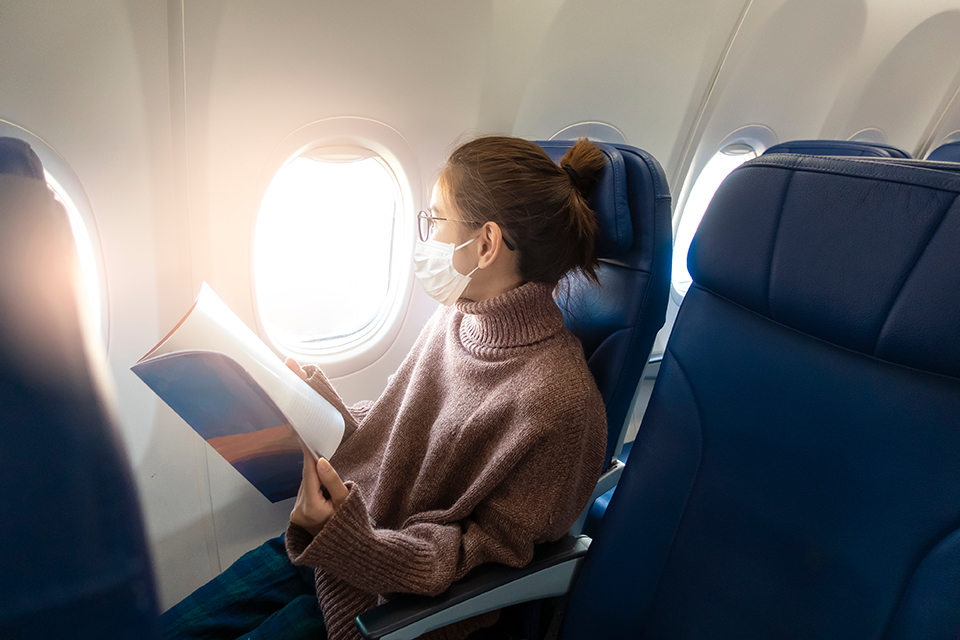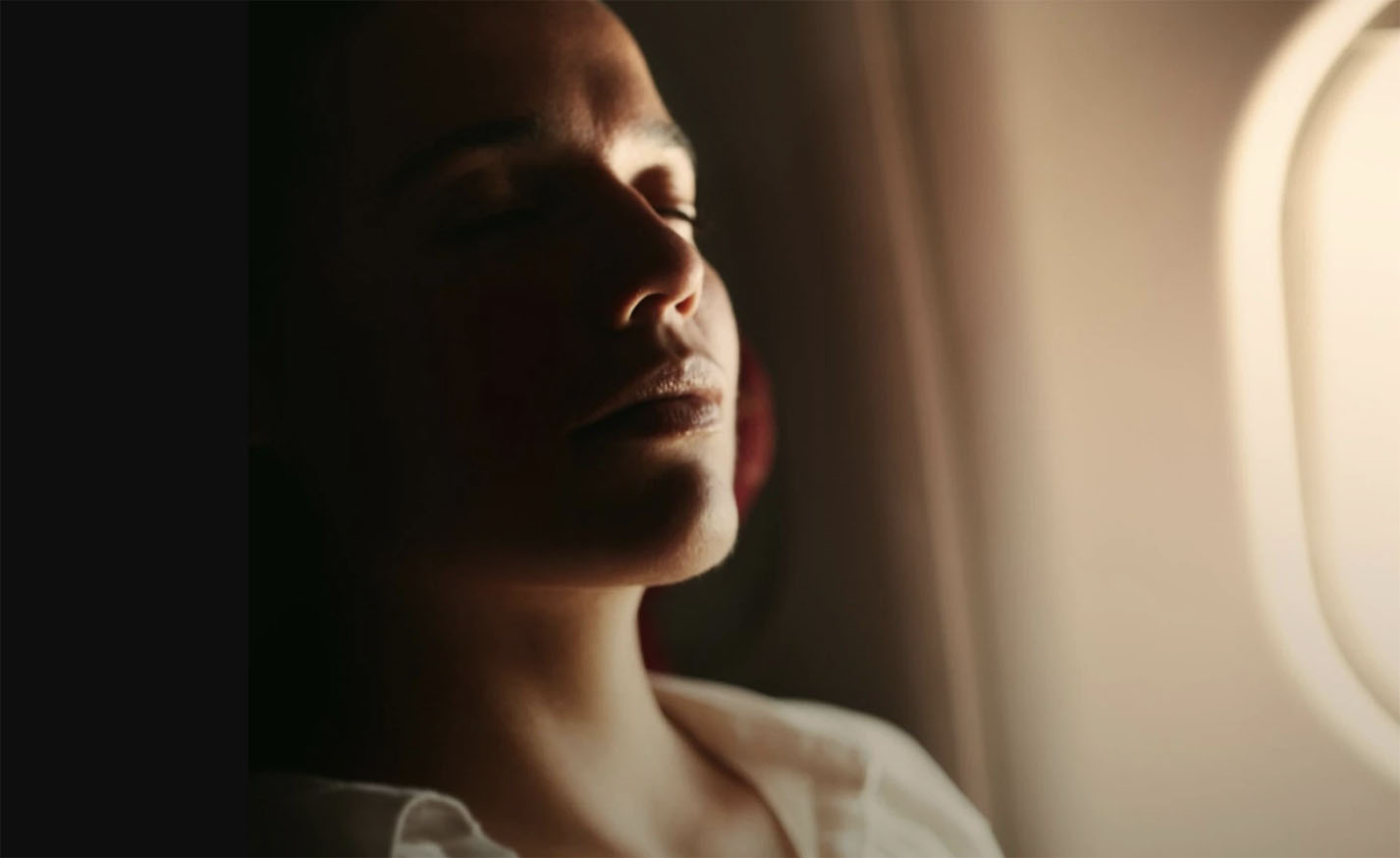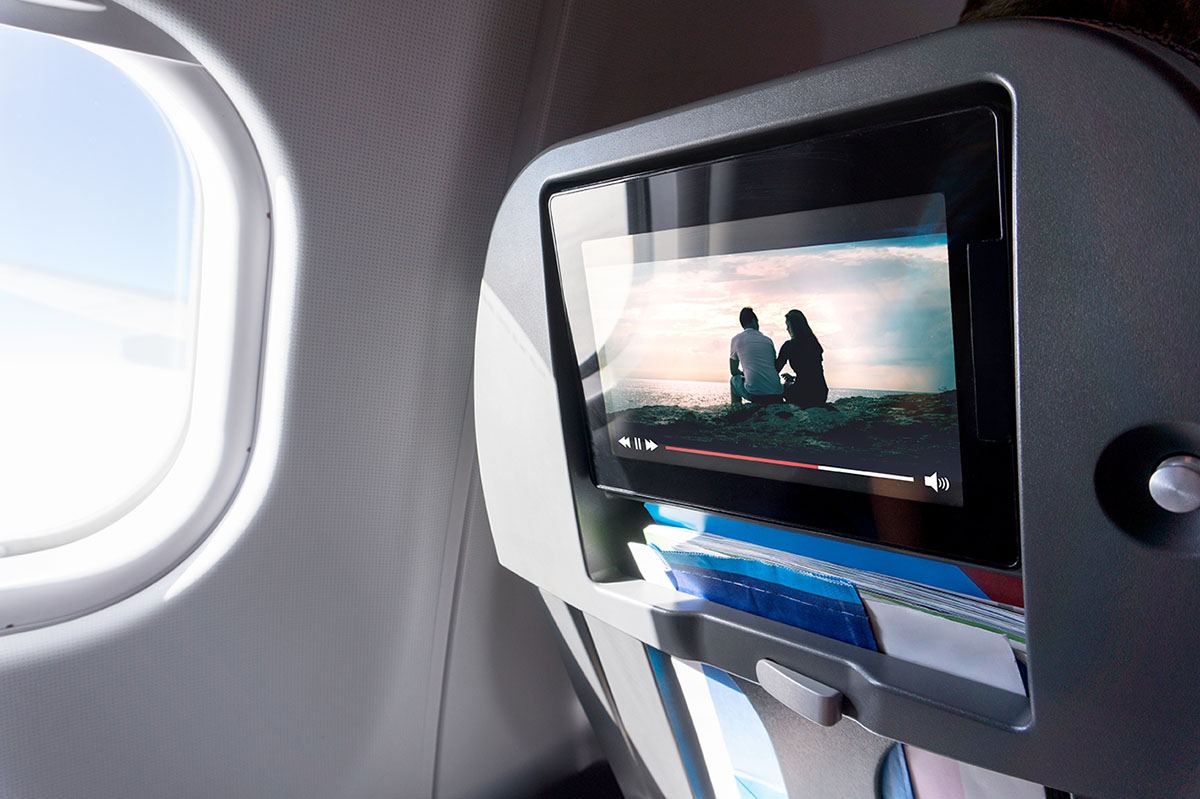
COVID-19 + Air Travel = It’s Safer & Cleaner Than You Think
While we were all hoping that COVID-19 (Coronavirus) would be in the rearview mirror by now, the virus is still a very present and very real threat in the United States and around the world. For frequent flyers who’ve been grounded since the early days of the pandemic, the concept of further curtailing travel plans can be an especially frustrating one.
The good news? A growing body of evidence indicates that air travel is much safer than most people realize. Not only that, but airlines are taking aggressive measures to maximize safety. Here’s a closer look at what all travelers should know about COVID-19 and air travel safety.
Will You Catch COVID on a Plane?
Given the contagiousness of COVID-19, it’s not surprising that concerns abound regarding the risk of transmission during air travel. However, the latest research sponsored by the Defense Department (in conjunction with Boeing and United Airlines) reveals that not only are airplane environments relatively low-risk, but they’re much safer than many other indoor environments. In fact, out of 1.2 billion passenger trips, just 44 cases of in-flight transmission have been documented, according to the International Transport Association.
This phenomenon is largely due to the extraordinary effectiveness of High Efficiency Particulate Air (HEPA) filters, which are common on commercial flights. After conducting hundreds of aerosol tests involving nearly 200 million fluorescent tracer particles into Boeing 777 and 767 planes, researchers found a staggering 99.7 percent reduction in particles circulating to passengers seated within the direct vicinity of the transmission source. Plus, a 99.9 percent reduction in particles was circulating to more than 40 “breathing zones” throughout various sections of the aircraft.
As a result, the chance of catching COVID-19 while flying is “extremely unlikely” – even on a 10-hour flight. Specifically, theoretical models show that a passenger seated in economy class would need to sit next to a contagious passenger for 54 consecutive hours to become infected. Meanwhile, for passengers seated elsewhere on the plane, it would take more than 100 hours of flight time for infection to occur.
The study also determined that being on a packed flight is actually safer than being at home with an infected person, as aerosol droplets on a plane disperse more than three times faster than they would in a home. Furthermore, because of the use of rapid air recirculation, filtration, and downward ventilation on planes, cumulative exposure – a critical factor in transmission – is 10 times less on a plane than at home.
COVID-19 and Flying: Airline Safety Measures
While there were some limitations involved with the research above, the takeaway is clear: Airline travel during COVID-19 is surprisingly safe. But if you’re still feeling wary, it may be helpful to know that the safety of passengers and employees alike is a paramount priority for airline carriers, which have worked closely with authorities and agencies, including the Centers for Disease Control and Prevention (CDC), to mitigate the threat.
While the specifics vary from airline to airline, heightened precautions include the following:
- Increased cleaning procedures between flights along with the use of EPA-approved disinfectants.
- Additional cleaning for flights that are on the ground for extended periods of time.
- Extra treatment of frequently touched surfaces such as armrests, seat belts, overhead controls, light buttons, and more.
- Seat restrictions for social distancing.
- Reduced food and drink service.
- The elimination of in-flight warm towel and blanket services. Face masks and sanitizing wipes and gels are available to customers as needed, and hand sanitizers have also been deployed throughout airports.
Speaking of airports, they’re also doing their part by increasing cleaning and disinfecting at various locations, including screening checkpoints. All TSA officers are now required to social distance, wear masks and gloves, and change gloves between pat-downs. Changes to the screening process further decrease the risk of transmitting the virus. These include reduced handling of everything from boarding passes to personal items to the separation of food from carry-on bags to reduce the likelihood of screeners needing to open bags to inspect them.
And, of course, taking your own safety precautions is also critical. Social distancing, mask-wearing, and practicing good hygiene are all invaluable defenses against the spread of COVID-19.
While new vaccines have heightened hopes for returning to life as we knew it before the pandemic, a lot remains up in the air. Combined with aircraft and airport safety precautions, the latest research offers unprecedented peace of mind for travelers. Ready to hit the road – or air, as the case may be? Find savings of up to 60 percent off first class and business class flights courtesy of the travel experts at Business Class.



